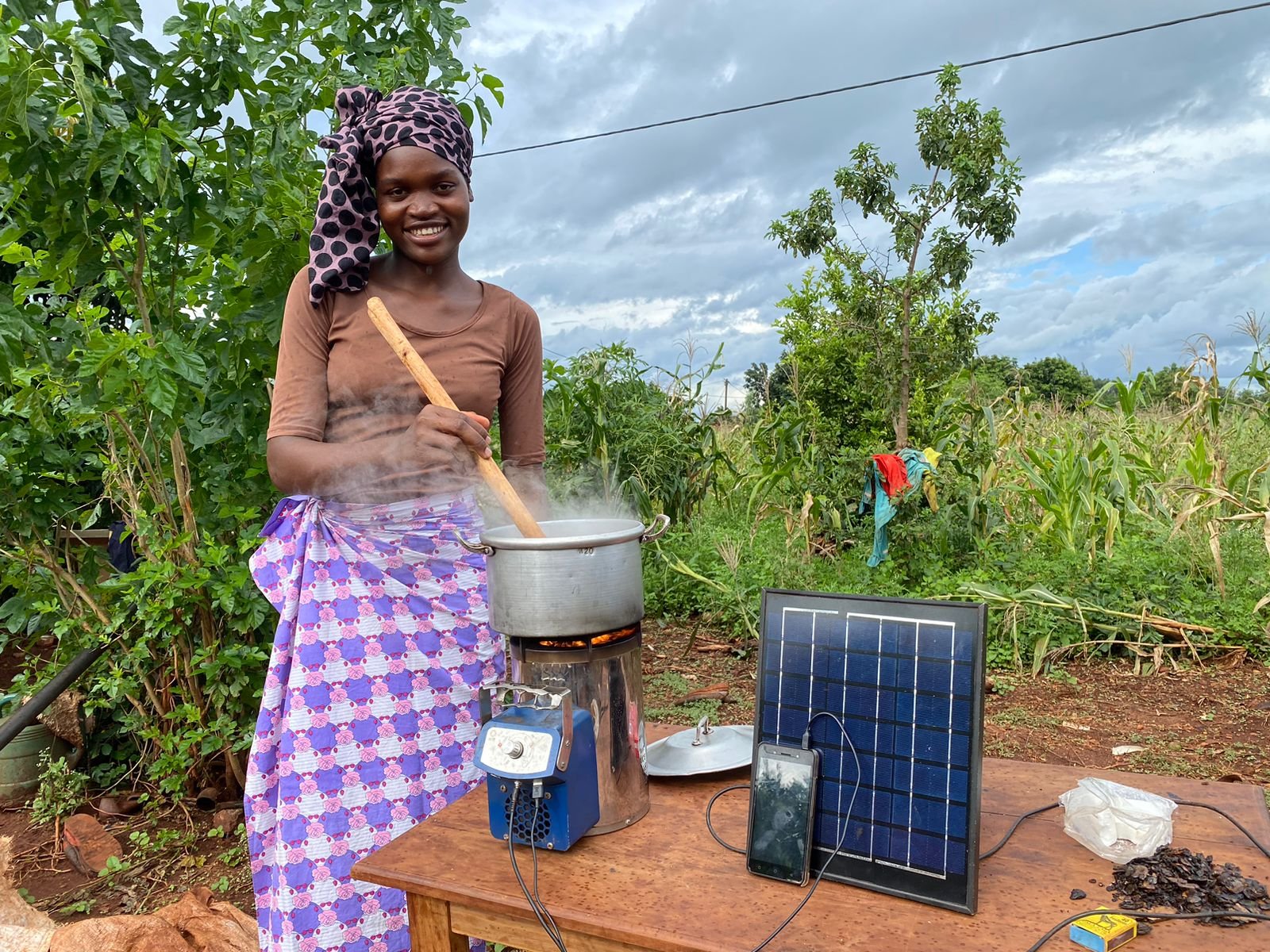
Our Solutions
Our Nature-Based Solutions include:
-
Regenerative Agroforestry

-
Sustainable Forest Management

-
Conservation

-
Afforestation / Reforestation

-
Silviculture

-
Sustainable Grassland Management

-
Regenerative Farming

-
Reducing Enteric Methane Emissions from Ruminants

-
Soil Organic Carbon

-
Biochar Production for Permanent Carbon Capture

Other ways we help reduce emissions:
Clean Cookstoves
Distribution of advanced cookstoves & thermal heat sources powered by sustainable biomass derived from Agriwaste.
Social Housing
Social housing design and construction technologies for implementation in the developing world.
Safe Drinking Water Supply
Waste to Energy
Conversion of waste into a clean energy source & other products such as construction components.
Low Embodied Energy Materials
Natural fiber composites, recycled plastics, aggregates & industrial residues, natural polymers, natural fibers, long-lived timber products, concrete/cement enhancement/substitution.
Renewable Energy
Hydroelectric Power, Solar & Wind Energy, Sustainable Biomass and Biogas
Sustainable Construction
Sustainable Construction Materials, Technologies & Processes, Environmental Management of Construction Sites, Retrofitting Electrical & mechanical systems
Biogas for Communal Cooking
How We Do It
All our projects are designed to proactively contribute towards climate security & sustainable development, and demonstrate a real, direct, positive contribution. They are tracked according to robust monitoring, reporting and verification plans, verified by an approved independent third party, and then certified by the relevant certifying body.
Projects are developed and implemented with a rigorous safeguard management system following best practices to identify the risks and outcomes of activities and implement a mitigation strategy to prevent any negative or unintended consequences and manage trade-offs where needed.
These safeguards are in place to uphold the principals of human rights, promote and protect gender equality and women’s rights, community health, safety, and working conditions, best practice labor rights, respect cultural heritage & indigenous people, and help secure the land tenure rights of those involved, with strict anti-corruption measures in place. Projects are developed ensuring positive economic impacts for all.
Environmental impact assessments are performed to ensure protection of water, soil, wildlife and ecology and that best practices are in place for their effective management.
Projects are developed and implemented with full stakeholder inclusion, meaning all stakeholders are given the opportunity to participate in the project design and have a continuous communication channel throughout the project lifecycle.
Upon completing the stakeholder consultation, the project is sent for 3rd party validation and project activities can start on the ground. This is when the MRV process kicks in where real-time monitoring is converted into monthly reports, which are sent for annual/biennial 3rd party verification. Having verified the successful implementation of activities to plan, and that expected impacts have been generated & measured, the project becomes certified, and credits are issued for that reporting cycle.
All credits and certified SDG Impacts are listed on a transparent, 3rd party registry. Once listed, credits can be traded either via online exchanges or via OTC markets. Once acquired by the end-user, credits are converted to offsets and retired on the registry with corresponding adjustments made.
By doing this, we generate high-quality carbon credits with certified SDG claims enabling us to quantify the additional impact created for each unit of investment and assign a monetary value to these attributes.
These 3rd party certified SDG claims can be made by funders with every carbon credit purchased or from projects directly invested in, and directly linked to ESG reports in a clear, accountable way helping them to meet their net-zero targets and Sustainable Development Agendas.
It is this way, we believe it is possible to achieve the scale needed to unlock the true potential of carbon markets and ensure this value returns back to the communities and those working on the ground restoring life on the land, protecting biodiversity, and helping to prevent the earth from reaching its tipping point before it is too late, whilst also providing returns to investors.








